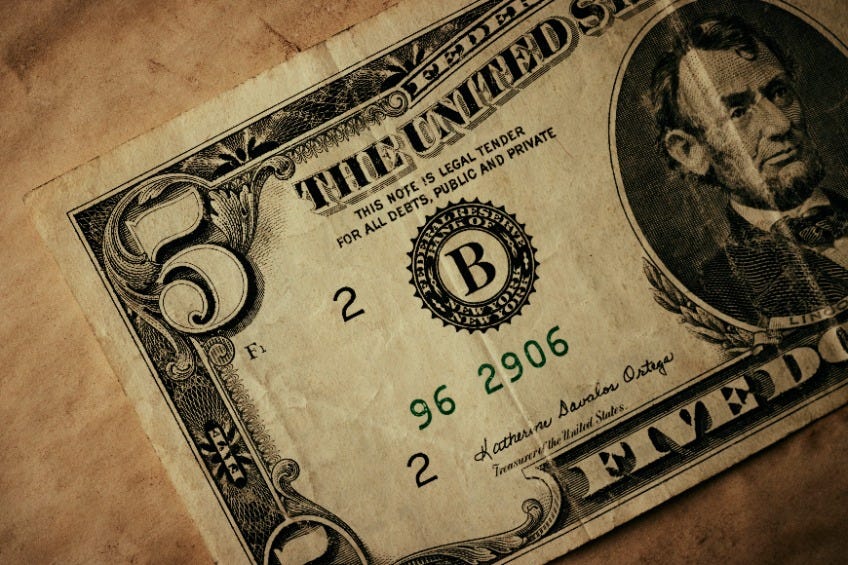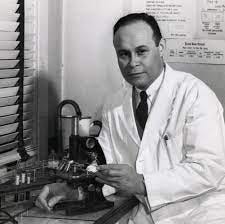Issue #449 Black History Monday, January 8, 2024
Welcome to this Today in Black History post. Black History IS American History, no matter how hard some people try to erase our history and contributions.
A lot of this information is available at yenoba.com, blackfacts.com, and onthisday.com.
This post is free to read/listen to for two days. To have 365 24/7 access to all our posts and podcast episodes and financially support “We Are Speaking” for no more than $5 per month, please subscribe at the paid level.
Are you an independent author or creative professional looking for a place where you can tackle those branding and marketing challenges and learn with me through valuable books and online courses? The Global Creative Community Branding and Marketing Academy (GCC BMA) is for you!
Today’s Black WOW!
Born in 1904 in Washington, D.C., Dr. Charles Drew was a trailblazer in the development of blood banks. After graduating from Dunbar High School, he earned a scholarship to Amherst College in Massachusetts and then received his medical degree from McGill University in Montreal, Canada.
During his time at McGill, he was recognized for his exceptional research on blood transfusions and was appointed as a faculty member to teach pathology.
Dr. Drew's most significant contribution to medicine and the healthcare industry was his pivotal role in the development of blood banks. Prior to his breakthroughs, blood transfusions were cumbersome and highly risky. Donors had to be immediately available, which was a significant challenge in emergency situations or during times of crisis.
Dr. Drew recognized the urgent need for a more efficient and accessible blood supply system. His research led to the discovery of plasma, which could be separated from the red and white blood cells, thereby allowing for longer storage periods.
Dr. Drew laid the foundation for the first blood bank in the United States. He established the "Blood for Britain" project, which aimed to collect and preserve donated blood for the British military during World War II. This initiative saved countless lives on the battlefield and highlighted the importance of blood banks in times of crisis.
Despite his monumental achievements, Dr. Drew faced numerous obstacles due to racial discrimination. He encountered racial segregation and exclusion, even within the medical community.
The District of Columbia chapter of the American Medical Association allowed only white doctors to join, and Dr. Drew died without ever being accepted for membership in the AMA.
As the most prominent African American in the field, Drew protested against the practice of racial segregation in the donation of blood, as it lacked scientific foundation, and resigned his position with the American Red Cross, which maintained the policy until 1950.
Today, blood banks are an integral part of healthcare systems, ensuring that life-saving blood is readily available for emergencies, surgical procedures, and various medical conditions.
Dr. Charles Drew died on April 5, 1950, as a result of a severe car accident. However, his pioneering work has not only saved countless lives but also inspired future generations of medical professionals.
Today In Black History
- In 1800, free Blacks in Philadelphia petitioned the US Congress to abolish the slave trade. The petition was rejected.
- In 1872, 24-year-old John Roy Lynch was elected Speaker of the Mississippi House.
- In 1903, President Theodore Roosevelt shut down the post office in Indianola, Mississippi, for refusing to accept its appointed Black postmistress.
- In 1927, Dr. Sadie T.M. Alexander became the first Black woman to gain admission to the Pennsylvania Bar, although she was denied admission to Phi Beta Kappa while a student at the University of Pennsylvania when she graduated with honors in 1918.
- In 1969, at age 75, Dr. Benjamin Mays was elected president of the Atlanta Public Schools Board of Education where he supervised the peaceful desegregation of Atlanta’s public schools.
- In 1970, Dr. Clifton Wharton became the first Black president of Michigan State University.
- In 1990, David Dinkins was inaugurated as the first Black mayor of New York City.
The “Comments” feature has been disabled. Instead, let’s discuss these facts in our community on Substack Notes. You can also read other Substack publications without subscribing to them when you join Notes.






